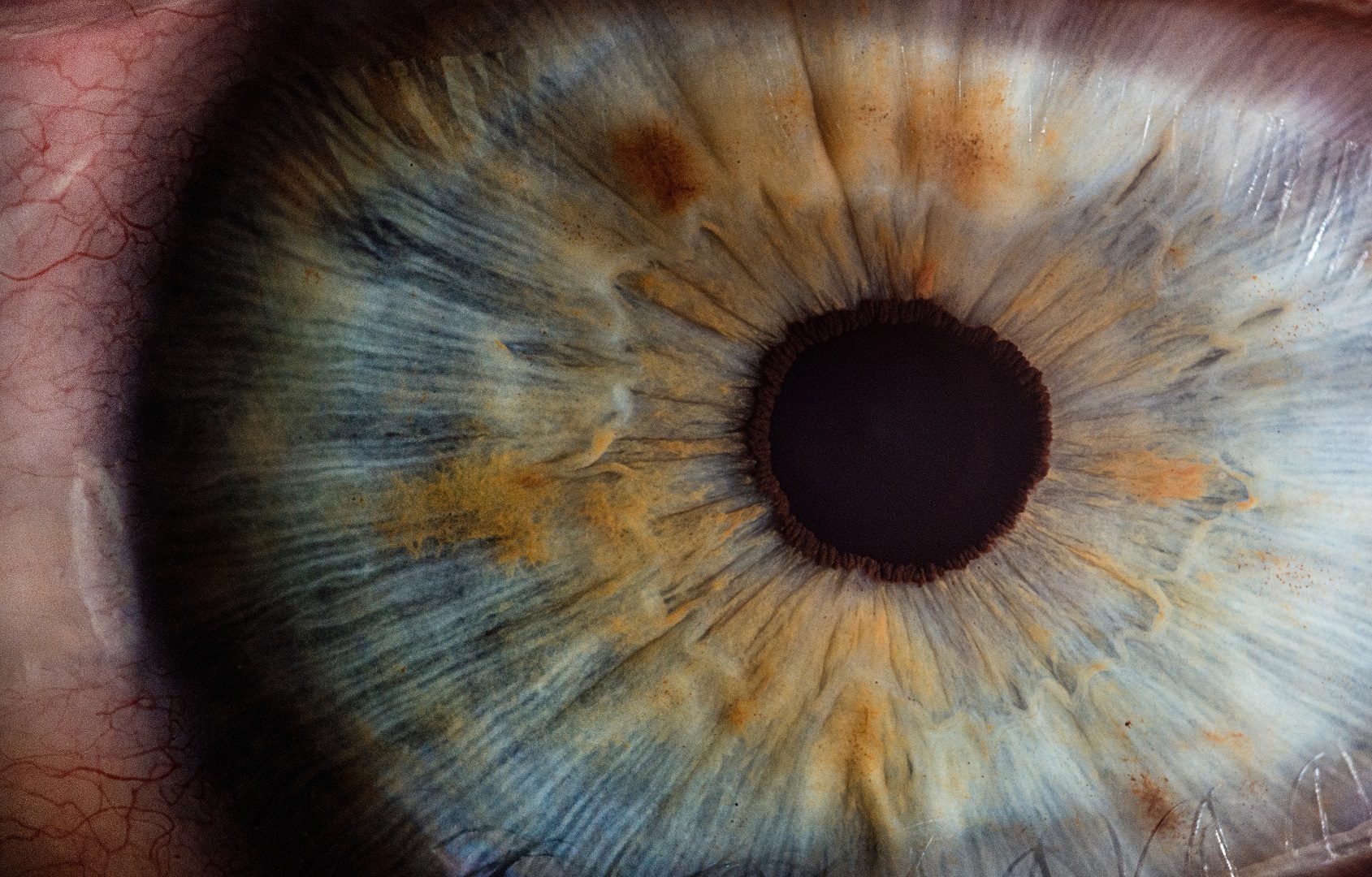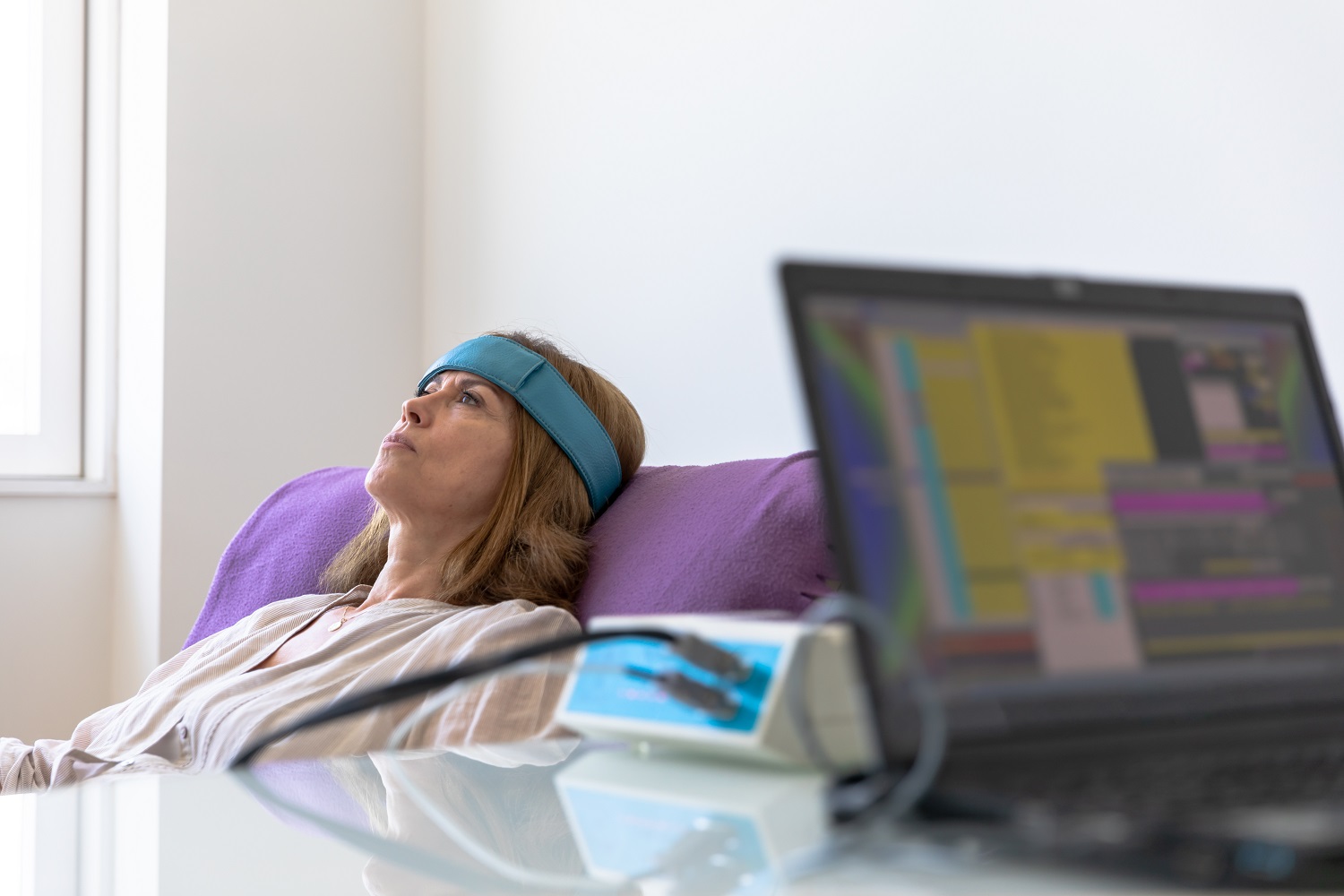
The majority of the success stories of people who rely on complementary medicine stemmed from despair. One extensive complementary medicine research study revealed that most if not all patients of natural therapies used to be faithful disciples of conventional medicine, taking their prescription drugs religiously and hoping to wake up one day in a new, healthier body. Unfortunately, that hope vanished as they saw (and felt) the ill effects of their medications and their hard-earned cash fritter away.
Nobody wants to rely on pharmaceutical drugs forever. According to reports from people who've long given up on them, antibiotics, painkillers, steroid-packed topical creams and the like only provide temporary relief, but their harmful side effects would linger on. Moreover, anyone who decides to stop using their prescription drugs suffers a relapse, while those who continue with it experience drug tolerance and have to up their dose. That means more side effects in the long run.
Complementary Medicine in the Modern Healthcare System
Although not fully accepted yet as part of the standard mode of treatment in countries where Western medicine is deeply rooted, there's no denying the popularity of complementary medicine among doctors trained in the medical field and natural medicine as well. In fact, many of them have long incorporated it into their practice to support and speed up the healing and recovery of patients.
Several scientific journals and books have been published to explain the growing importance of natural therapies in the treatment, diagnosis and prevention of disease. One of which, Complementary Medicine: A Research Perspective by Charles Vincent and Adrian Furnham, professors at the University College London, presents six types of complementary medicine that are considered complete healing systems, which are as follows:
Vincent and Furnham's complementary medicine research study shows that the philosophies, methods and effectiveness of these modalities have been established through ongoing research projects, hence the reason they are widely used in Europe, Australia and the United States to treat a wide range of health conditions.
Understanding the Principles of Complementary Medicine
Complementary medicine is called such because it is used alongside standard treatments to stimulate the body's healing mechanism and promote health. With more and more people turning to unconventional therapies, the need for natural health practitioners and medical professionals to collaborate to improve patient outcomes has never been greater.
Each of the six types of complementary medicine cited in Vincent and Furnham's book follows a distinct healing approach. Understanding and applying their core concept is the basis of the success, or failure, of a practitioner.
 We have acupuncture at the top of the list. This modality, which dates back to 3,000 BC in China, works on the energy system of the body to treat disease and maintain health. It eliminates obstructions in the energy pathways, called meridians, which hinder the flow of energy and cause health disorders. Most people would instantly associate acupuncture with needles, thinking that inserting needles into a person's skin is all an acupuncturist does.
We have acupuncture at the top of the list. This modality, which dates back to 3,000 BC in China, works on the energy system of the body to treat disease and maintain health. It eliminates obstructions in the energy pathways, called meridians, which hinder the flow of energy and cause health disorders. Most people would instantly associate acupuncture with needles, thinking that inserting needles into a person's skin is all an acupuncturist does.
In reality, an acupuncturist is no different to a doctor as the former also looks at the medical history of the patient before getting down to the treatment proper. While acupuncture can effectively treat pain and other ailments, most acupuncturists would recommend it as an adjunct therapy for serious conditions.
Herbalism refers to the use of medicinal plants to correct imbalances in the body and restore its natural ability to heal itself. Compared to pharmaceutical drugs, which isolate certain plant compounds during manufacturing, pure herbal medicine involves the use of all the parts of a plant to activate the body's healing abilities.
Homeopathy corrects imbalances in the body that may lead to disease. It follows the principle of treating an individual using a natural substance that mirrors the symptoms they manifest. Vincent and Furnham compare the methodology of homeopathy with that of vaccines, as both aim to aid the body in producing natural antibodies to combat disease. A homeopath dilutes a substance repeatedly until there's almost none of it left, as this process strengthens the potency of the remedy.
Osteopathy is another complete healing system cited in Vincent and Furnham's complementary medicine research study. It's a form of manual therapy that addresses musculoskeletal issues and a slew of health conditions associated with these problems. Like any doctor, an osteopath performs a complete physical examination of the patient―observing how they stand, walk, sit, lie down, etc.―to be able to develop a treatment plan that is specific to the needs of the person. Osteopathy uses gentle manipulation techniques to treat joint pain, immobility and postural problems.
 Chiropractic is another form of manual therapy that works on the structure of the body. It lies in the principle that a spinal misalignment causes back pain, headaches, hip pain, herniated discs and many other conditions. A chiropractor corrects dislocated joints with different manipulation techniques, focusing on the spine that runs from the lower region of the brain all the way to the lower back. A chiropractor uses an X-ray as the main tool to identify the problem in a person's body.
Chiropractic is another form of manual therapy that works on the structure of the body. It lies in the principle that a spinal misalignment causes back pain, headaches, hip pain, herniated discs and many other conditions. A chiropractor corrects dislocated joints with different manipulation techniques, focusing on the spine that runs from the lower region of the brain all the way to the lower back. A chiropractor uses an X-ray as the main tool to identify the problem in a person's body.
Last but definitely not least is naturopathy. It's also considered a complete healing system as it's capable of diagnosing, preventing and treating all kinds of ailments and diseases. This modality is grounded in the concept that the body can heal itself. Naturopaths employ a wide range of diagnostic tools and techniques as their main focus is on preventing disease and maintaining the body's normal functions.
As in other forms of complementary medicine, naturopathy follows the whole-person approach, so naturopaths don't focus on treating the symptoms of disease. They base their treatment plan on the state of a person's health. They take their time in analysing the latter's physical, psychological and emotional aspects, as well as social and environmental factors that may have contributed to their illness.
Diagnostic Tools Used in Complementary Medicine
More than how they treat a health issue, it's how practitioners of complementary medicine diagnose an ailment that sets them apart from their Western counterparts. Their diagnostic procedure is noninvasive and painless, as opposed to what most medical doctors use.
Although practitioners of complementary medicine and conventional medicine are similar in some ways as they always make it a point to take the medical history of a patient, those who practise the former are more knowledgeable and skilled at palpation, iridology, tongue analysis and muscle biofeedback, among other diagnostic techniques that never fail to show the underlying cause of a problem.
Also, a natural therapist would look at a person's lifestyle, family history, relationships and job, among others, which may seem irrelevant to the individual's problem at first. However, once the practitioner has explained the correlation between these things and a person's health, the patient eventually gets to understand and appreciate their method.
The Importance of Holistic Treatments
In complementary medicine, so much emphasis is placed on the delivery of holistic treatments to guide a patient to optimal health. It is, in fact, this term that drives more people to consult a natural therapist rather than a traditional medical doctor at the first sign of trouble in their health.
In their complementary medicine research study, Vincent and Furnham acknowledged that complementary medicine is more holistic in nature than orthodox medicine. To support their claim, they cited the scholarly work of P. C. Pietroni, founder of the British Holistic Medical Association, who defined holistic medicine as:
- Taking the body, mind and spirit of an individual as a whole
- Using a wide range of therapies, ranging from drugs and surgery to meditation and diet
- Placing emphasis on the synergistic relationship between patient and healthcare provider
- The practitioner's awareness of how their health affects their patient
Pietroni further describes a holistic doctor as one who is "sensitive to psychological and social issues, non-authoritarian, trying to guide the patient towards the most appropriate treatment". Simply put, a holistic treatment does not depend solely on the efficacy of a drug in the treatment of a disease, but works on the root cause of the problem to enable the person to restore their health naturally.
Many conventional doctors have expressed their disagreement with Pietroni, stating they are as capable as natural healers are of analysing the psychological and emotional aspects of a person's wellbeing. However, they don't see it necessary in every diagnosis. Perhaps this is where the fine line between a holistic healer and one who's not can be drawn. A healthcare professional who practises complementary medicine will never tell their patient that their symptoms do not warrant sensitivity to their mental and emotional health.
|
Do you have a natural health & wellness business? |











